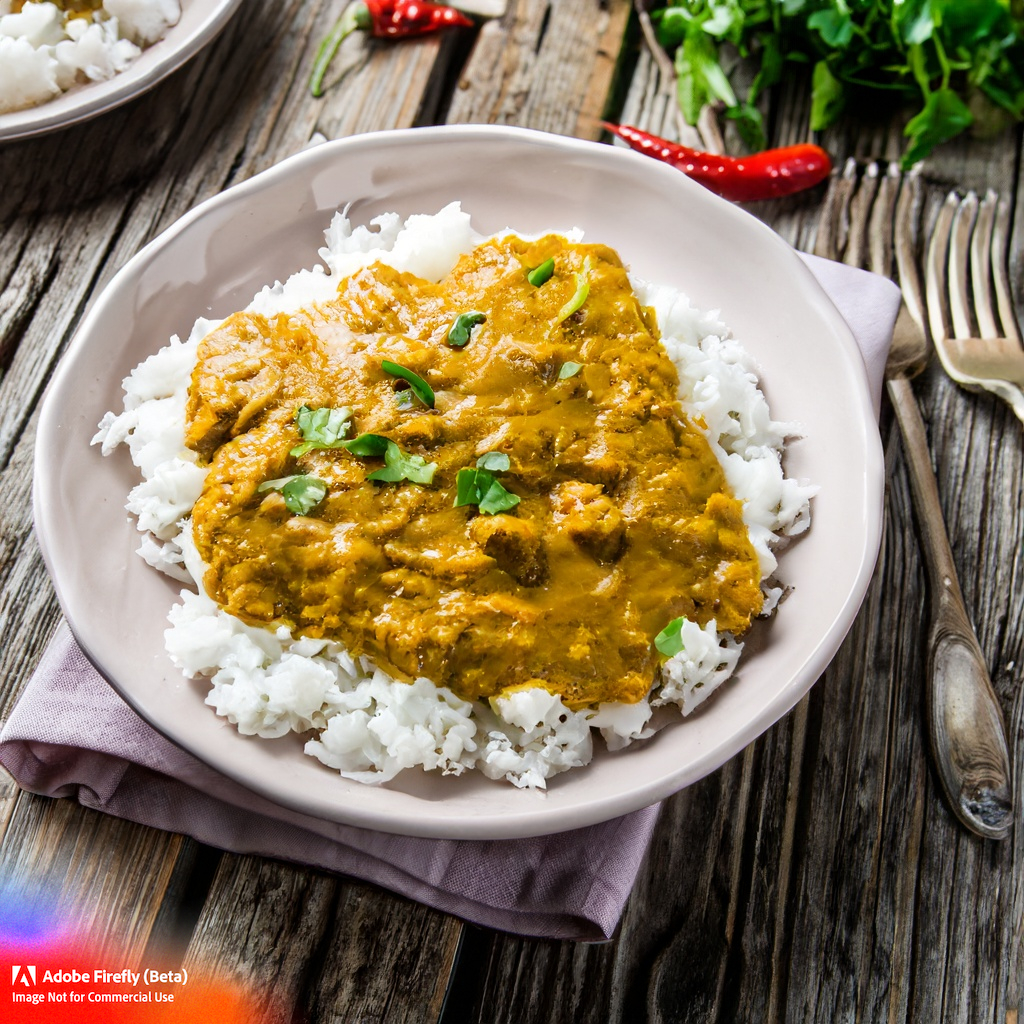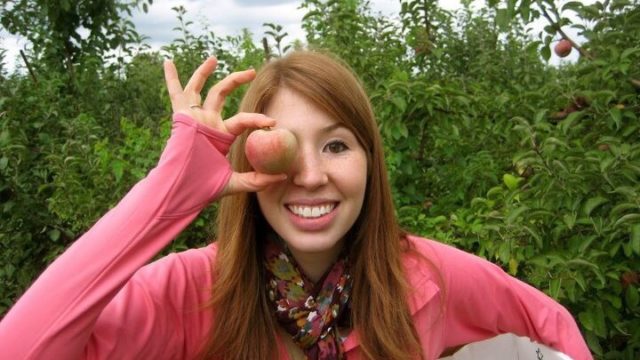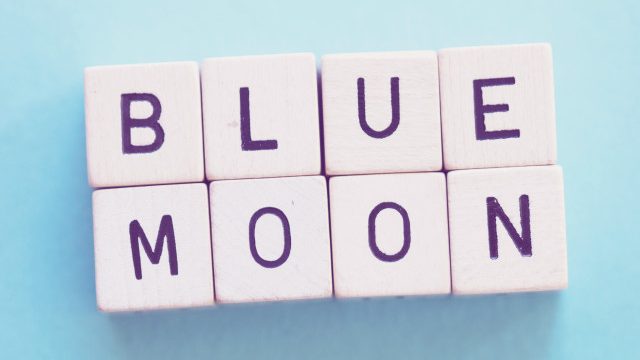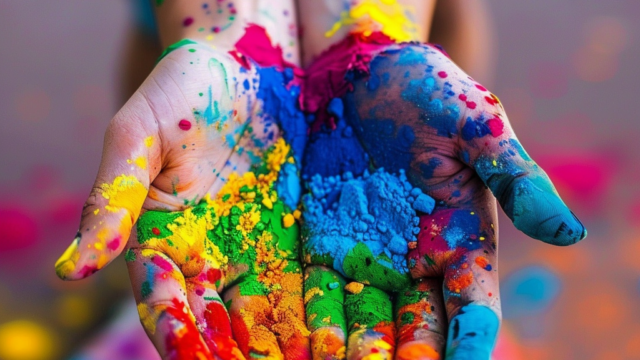
It was a typical Friday morning, and John woke up with a growling stomach. He knew he had some leftover curry and rice from the night before, so he decided to reheat it for breakfast. After all, he had eaten the same thing for dinner without any issues. What could go wrong?
As he ate his breakfast, John noticed that the curry tasted a little sour, but he didn’t think too much of it. Shortly after finishing his meal, he began to feel sick to his stomach. He spent the rest of the day in the bathroom, suffering from food poisoning.
John later learned that having leftover curry and rice on the second day can be extremely dangerous. The combination of rice and curry creates an ideal environment for bacteria to grow. When cooked rice is left at room temperature, the bacteria spores can multiply, producing toxins that can cause food poisoning.
It’s important to note that reheating rice and curry won’t necessarily kill the bacteria and their toxins. The only way to prevent food poisoning is to refrigerate or freeze the leftovers within two hours of cooking and then reheat them thoroughly before eating.
Questions:
1. What did John have for breakfast?
2. Did John notice anything unusual about the curry?
3. What happened to John after he finished his meal?
4. Why is having leftover curry and rice on the second day dangerous?
5. What can happen if cooked rice is left at room temperature?
6. Will reheating rice and curry kill the bacteria and toxins?
7. What is the only way to prevent food poisoning when it comes to leftover curry and rice?
Answers:
1. John had leftover curry and rice for breakfast.
2. Yes, John noticed that the curry tasted a little sour.
3. John felt sick to his stomach and suffered from food poisoning for the rest of the day.
4. The combination of rice and curry creates an ideal environment for bacteria to grow, producing toxins that can cause food poisoning.
5. Bacteria spores can multiply, producing toxins that can cause food poisoning if cooked rice is left at room temperature.
6. Reheating rice and curry won’t necessarily kill the bacteria and toxins.
7. The only way to prevent food poisoning is to refrigerate or freeze the leftovers within two hours of cooking and then reheat them thoroughly before eating.
二日目にカレーライスを食べる危険性
これは典型的な金曜日の朝、ジョンは空腹で目を覚ました。前夜のカレーライスの残り物があることを思い出し、朝食としてそれを温めることにしました。だって、昨夜は何の問題もなくそれを夕食として食べていたのですから、何が問題になるでしょうか?
朝食を食べながら、ジョンはカレーが少し酸っぱい味がすることに気付きましたが、特に深く考えることはありませんでした。しかし食事を終えるとすぐに、胃が気持ち悪くなり始めました。彼はその日の残りの時間を、食中毒に苦しみながらトイレで過ごしました。
ジョンは後で、二日目に残ったカレーライスを食べることは非常に危険であることを学びました。米とカレーの組み合わせは、バクテリアが増殖するのに理想的な環境を作り出します。調理済みの米が室温で放置されると、バクテリアの胞子が増え、食中毒を引き起こす毒素を生産します。
カレーと米を再加熱すると必ずしもバクテリアやその毒素が死ぬわけではない、ということは重要な点です。食中毒を防ぐ唯一の方法は、調理後2時間以内に残り物を冷蔵または冷凍し、食べる前に十分に温めることです。
質問:
ジョンは朝食に何を食べましたか?
ジョンはカレーに何か異常を感じましたか?
ジョンは食事を終えた後、どうなりましたか?
二日目に残ったカレーライスを食べることがなぜ危険なのですか?
調理済みの米が室温に放置されると何が起こる可能性がありますか?
カレーと米を再加熱すると、バクテリアと毒素は死にますか?
カレーライスの残り物に関して食中毒を防ぐ唯一の方法は何ですか?
答え:
ジョンは朝食に前日のカレーライスの残り物を食べました。
はい、ジョンはカレーが少し酸っぱい味がすることに気付きました。
ジョンは胃が気持ち悪くなり、その日の残りの時間、食中毒に苦しみました。
米とカレーの組み合わせは、バクテリアが増殖するのに理想的な環境を作り出し、食中毒を引き起こす毒素を生産するからです。
バクテリアの胞子が増え、食中毒を引き起こす毒素を生産する可能性があります。
カレーと米を再加熱しても、必ずしもバクテリアと毒素が死ぬわけではありません。
食中毒を防ぐ唯一の方法は、調理後2時間以内に残り物を冷蔵または冷凍し、食べる前に十分に再加熱することです。







